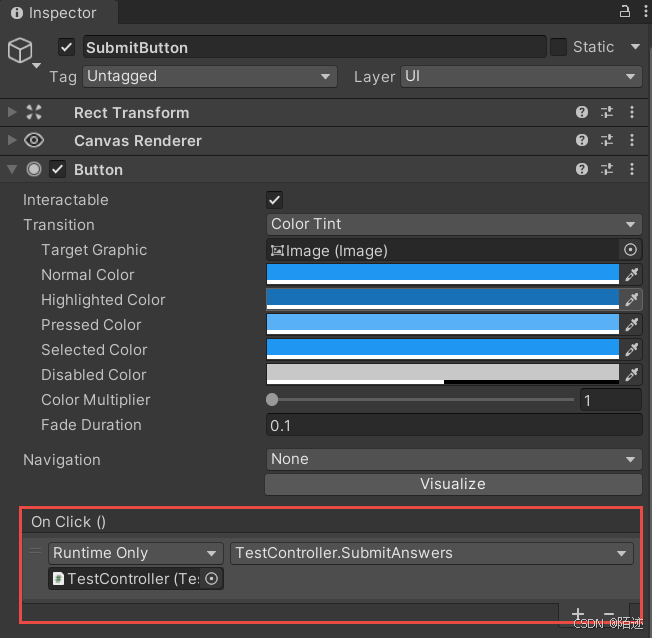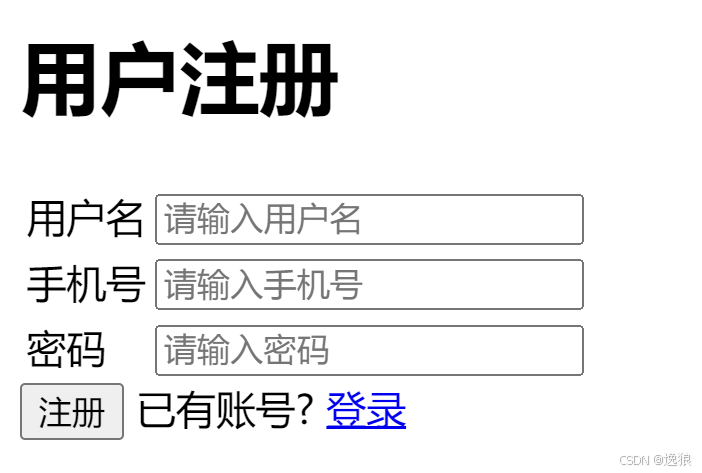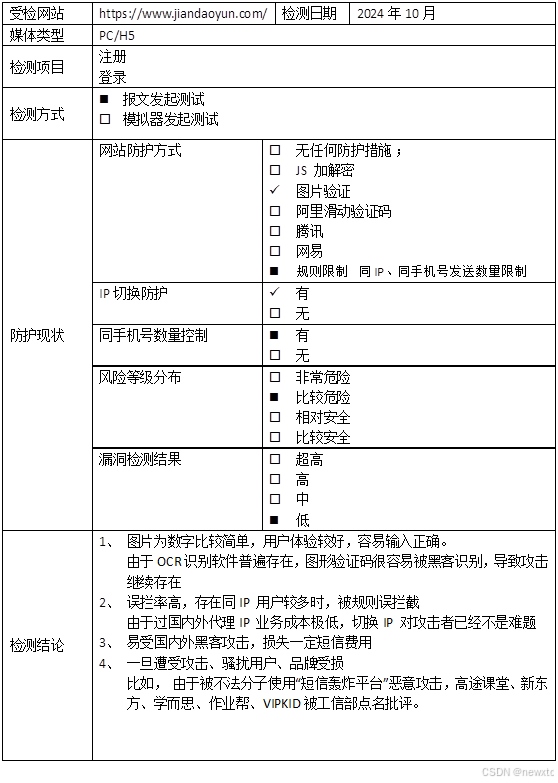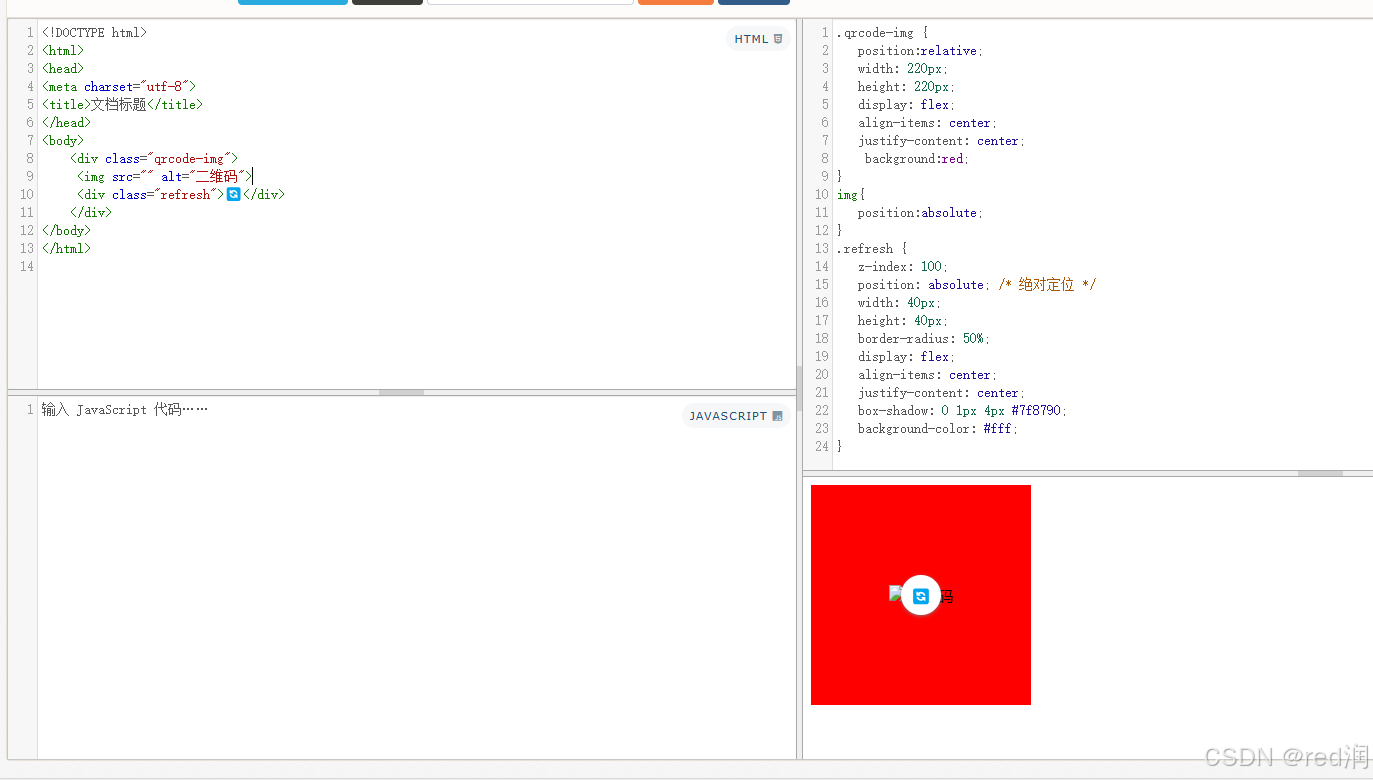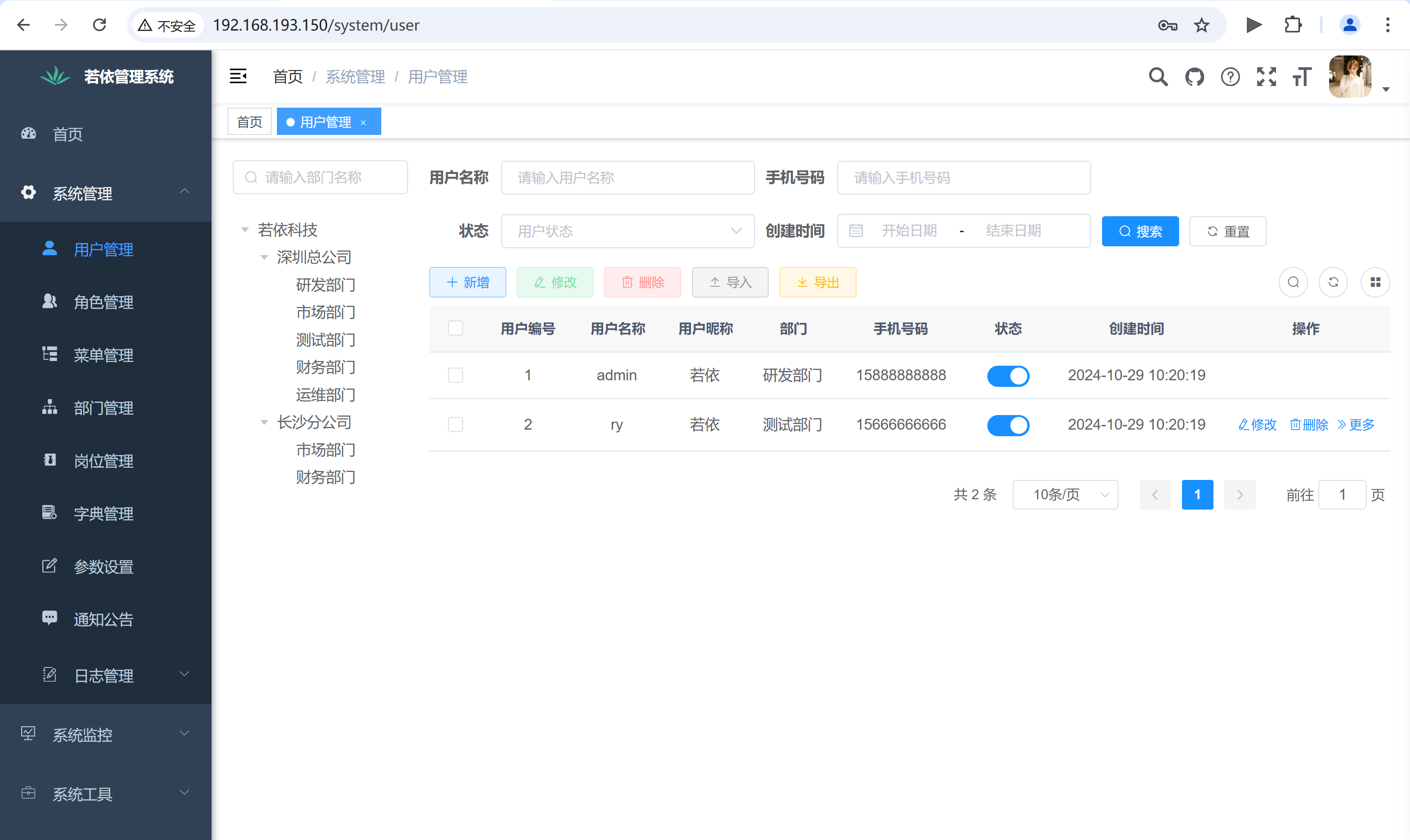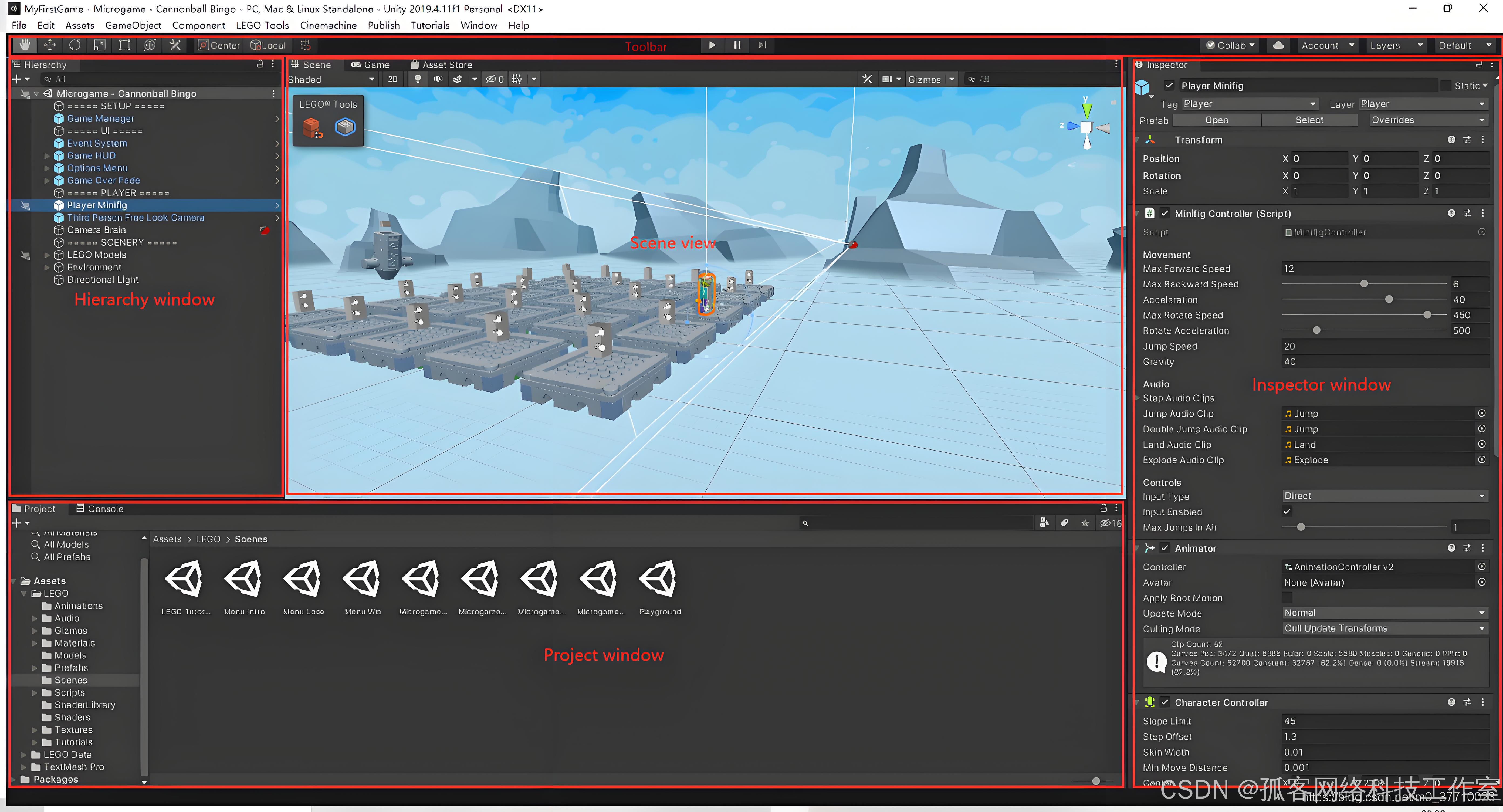一、网站介绍

模型和数据集都是开源的
搜索模型是默认按照趋势排序的
二、模型具体页面

三、调用API小练习
模型网站:flux-RealismLora

1.点击View Code 获取参考代码

2.创建一个python文件复制进一个代码编辑器
注意:需要补充最后一行保存代码

3.需要获得个人的hugging face的TOKEN




将 headers = {"Authorization": "Bearer hf_xxxxxxxxxxxxxxxxxxxxxxxxxxxxxxxxx"}中的hf_xxxxxxxxxxxxxxxxxxxxxxxxxxxxxxxxx替换成上面的值
4.保存,运行
得到生成的图片
可能存在Runtime Error的问题,也不是一定会遇到,跟网络状况有关
5.写一个gradio页面,跟这个flux接口对接
# 大模型生成代码
import gradio as gr
import requests
import io
from PIL import ImageAPI_URL = "https://api-inference.huggingface.co/models/XLabs-AI/flux-RealismLora"
headers = {"Authorization": "Bearer hf_xxxxxxxxxxxxxxxxxxxxxxxxxxxxxxxxx"}def query(prompt):payload = {"inputs": prompt}response = requests.post(API_URL, headers=headers, json=payload, timeout=30, verify=False)if response.status_code == 200:image_bytes = response.contentimage = Image.open(io.BytesIO(image_bytes))return imageelse:return f"Error: {response.status_code} - {response.text}"# Define the Gradio interface without enable_queue
iface = gr.Interface(fn=query,inputs="text",outputs="image",title="Image Generation with Flux Realism Lora",description="Enter a prompt to generate an image using the Flux Realism Lora model."
)# Launch the Gradio app
iface.launch()
网页如图:

注意: 对于 Hugging Face API:
(1)图像生成模型通常返回图像的二进制数据:
image_bytes = query({"inputs": "Astronaut riding a horse",
})
image = Image.open(io.BytesIO(image_bytes)) # 将字节转换为图像
(2)其他类型的模型(如文本生成、情感分析等)可能返回 JSON 格式的响应,其中包含模型输出的详细信息:
response = requests.post(API_URL, headers=headers, json=payload)
json_response = response.json() # 解析 JSON 响应
四、以后补充
个人学习笔记 来源:https://www.bilibili.com/list/watchlater?bvid=BV1Mr4MewEY5&oid=113236728874981

